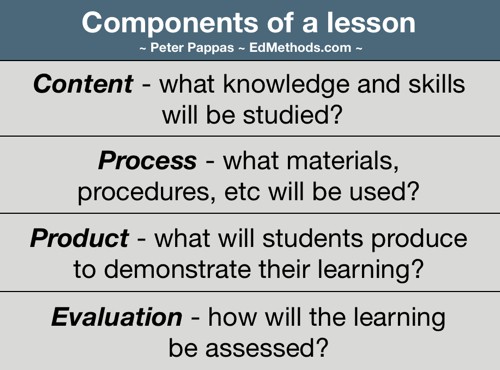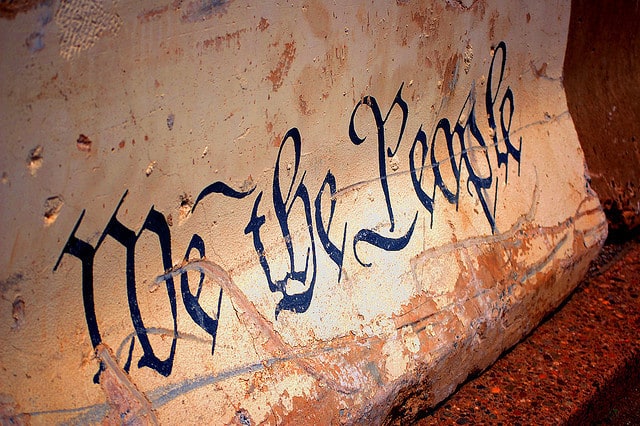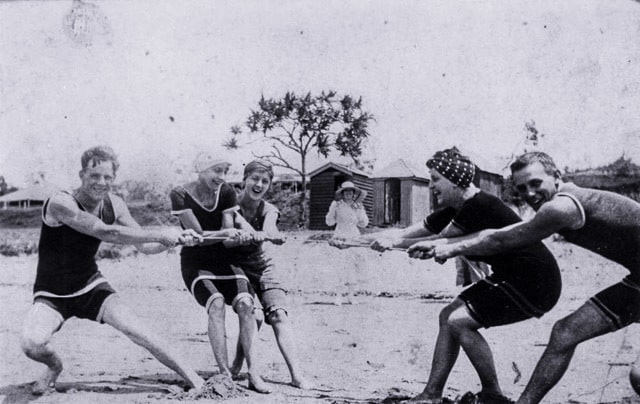
Peer Review
Last week’s class introduced key elements of lesson design and assigned Lesson Study I. This week we are going to conduct two peer reviews of each lesson study, before it gets “turned in.” This models the student centered approach – with your peers sharing their higher-ordered review of your work – analyzing and evaluating it’s content. Following their feedback, you get to reflect on your work before turning it in.
We’ll manage the lesson study peer review this way:
- You should bring in 3 copies of your 1st draft. (two to share and to one keep your notes on).
- You will be randomly put in the first peer review paring
- Meet and greet: exchange a quick 1 min intro to your lesson study – grade, subject, scope (one class lesson or a larger unit?)
- Exchange written drafts and study for 3 mins. Mark up your copy if you see typos or want to add suggestions. Develop 3 questions you will ask for clarification.
- Student A questions B. Student B responds 3 mins
- Discussion / Brainstorming / B takes notes to captures modifications 3 mins
- Reverse roles with Student A’s work under review
- This should take us about 20 minutes to review each other’s work. You will then be assigned to another student to repeat the peer review process
After everyone has completed two reviews you will then have about 20-30 minutes to make revisions to your lesson study. (A good time to talk to the instructor as well). You should also write a personal reflection on what they learned in developing their first lesson study and participating in the peer review process.
edTPA Video Recording tutorial / WordPress Training
We have a 1 hour tutorial scheduled in the Clark Library Digital Lab from approximately 5;15-6:15. We will conclude with WordPress tutorial time.
Written Assignment for Class 4: Submit lesson study as blog post
Students will turn in their revised Lesson Study assignment as a post on this blog by 10 PM Sept 19th. It should include their lesson study as well as personal reflection. Each post should also have a historic photograph (public domain with citation) that matches the theme or subject of their lesson study. Student Lesson study posts
I’ve prepared some brief WordPress video tutorials. You can find them at this YouTube playlist / WordPress tutorials for using our class blog
I made these tutorials were with Apple QuickTime – you can use a free Chrome Plug in called SnagIt.
Reading Assignment for class 4 on historical thinking
- I’ve used the TEDEd flipped lesson feature to curate a existing YouTube and turn it into a lesson to support next week’s class on historical thinking: Who is the historian in your classroom? Another way to flip a class.
- Also do one online reading Thinking Like a Historian By Sam Wineburg
Image Credit: First woman jury, Los Angeles (November 1911)
The Library of Congress Call Number: LC-B2- 2354-15
Notes: Photo shows the first all-woman jury in California who acquitted the editor of the Watts News of printing indecent language, on Nov. 2, 1911.





